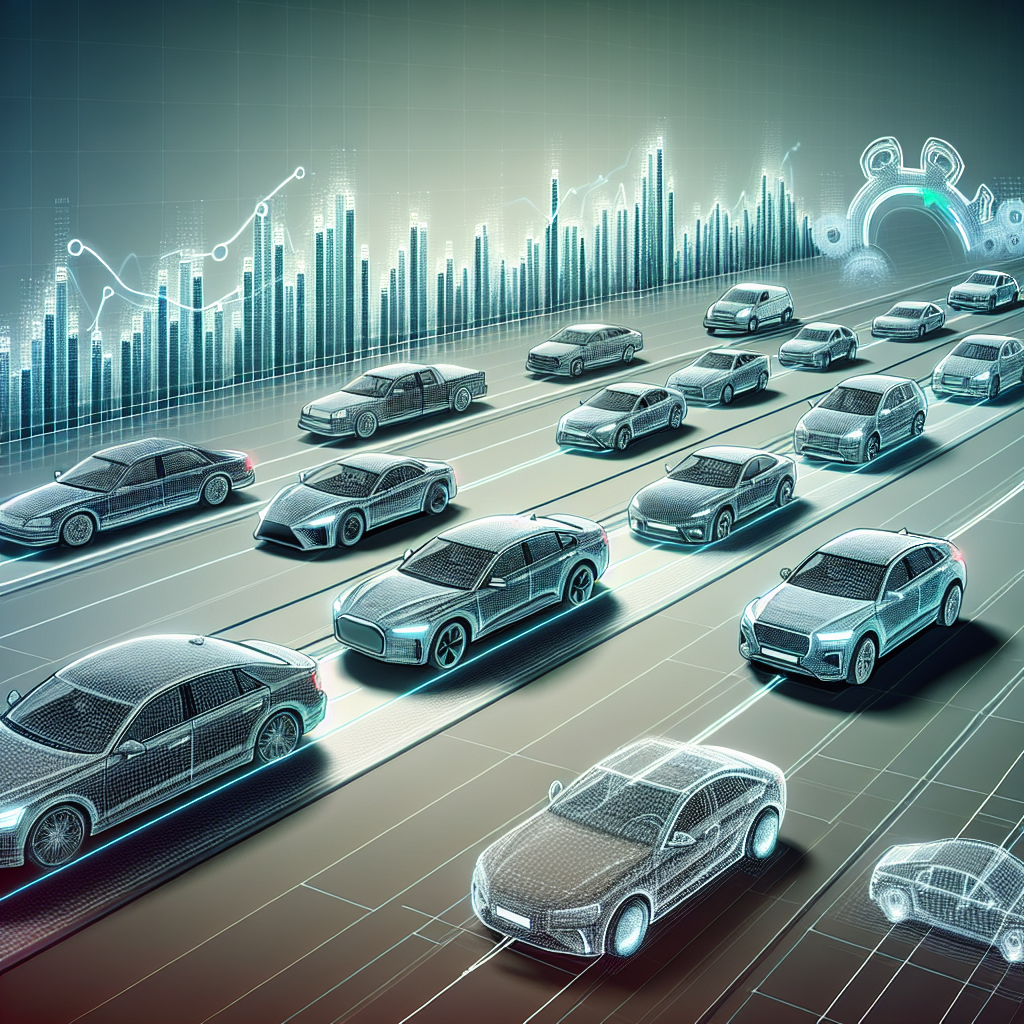
Introduction: Analyzing the Fluctuations in Average Automotive Insurance Rates
Over the past decade, the automotive insurance industry has witnessed significant fluctuations in average insurance rates. These fluctuations have been influenced by various factors, including changes in the economy, advancements in technology, and shifts in consumer behavior. In this article, we will delve into the evolution of average automotive insurance rates over the last eight years, exploring the factors that have influenced their rise and fall, and predicting what we can expect in the coming years.
Factors Influencing the Rise and Fall of Insurance Premiums
One of the primary factors influencing the rise and fall of insurance premiums is the state of the economy. During periods of economic downturn, such as the global financial crisis of 2008, insurance rates tend to increase. This is because insurers face higher costs due to increased claims and a decrease in investment income. Conversely, during periods of economic growth, insurance rates may stabilize or even decrease as insurers benefit from a healthier economy and reduced claims.
Another significant factor impacting insurance premiums is the demographic profile of drivers. Younger drivers, particularly those under the age of 25, are statistically more likely to be involved in accidents, leading to higher insurance rates for this age group. Additionally, drivers with a history of traffic violations or accidents may also face higher premiums due to their increased risk profile. On the other hand, experienced drivers with a clean driving record often enjoy lower insurance rates.
Examining the Impact of Technological Advancements on Insurance Costs
Technological advancements have had a profound impact on the automotive insurance industry, both in terms of costs and risk assessment. The rise of telematics, for example, has allowed insurers to collect real-time data on driving behavior, enabling them to offer usage-based insurance policies. These policies take into account factors such as mileage, speed, and braking patterns, allowing safer drivers to benefit from lower premiums. This technology has not only incentivized safer driving but has also helped reduce insurance costs for many policyholders.
Furthermore, the increasing prevalence of advanced driver assistance systems (ADAS) in modern vehicles has also influenced insurance rates. ADAS features such as lane departure warning, automatic emergency braking, and adaptive cruise control have been shown to reduce the likelihood of accidents. As a result, insurers may offer discounts to policyholders with vehicles equipped with these safety features, ultimately leading to lower insurance premiums.
Predictions for the Future: What Can We Expect in the Coming Years?
Looking ahead, it is likely that the automotive insurance industry will continue to evolve in response to emerging trends and technologies. With the rise of autonomous vehicles, for instance, insurance rates may undergo significant changes. As self-driving cars become more prevalent, the responsibility for accidents may shift from individual drivers to manufacturers or software developers. This shift could potentially lead to a decrease in insurance premiums for individual drivers, as the liability burden is redistributed.
Additionally, the increasing adoption of electric vehicles (EVs) may also impact insurance rates. While EVs are generally considered safer due to their lower center of gravity and advanced safety features, the high cost of repairs and limited availability of replacement parts may result in higher insurance premiums for these vehicles. Insurers will need to carefully assess the risks associated with EVs and adjust their pricing accordingly.
In conclusion, the evolution of average automotive insurance rates over the last eight years has been influenced by various factors, including the state of the economy, demographic profiles of drivers, and technological advancements. As we move forward, it is crucial for insurers to adapt to emerging trends and technologies, such as autonomous vehicles and electric cars, in order to provide fair and competitive insurance rates. By staying ahead of these changes, insurers can continue to meet the evolving needs of policyholders while ensuring the sustainability of the industry.
For over 50 years, the team at Dabler Auto Body has been providing high quality collision repair in the Salem, Oregon area. All of our repairs are covered by our Unlimited Lifetime Warranty, ensuring that our repairs will be error-free, giving you that peace of mind you deserve. Give us a call today at 503.585.8066 or click here to start your FREE estimate.

